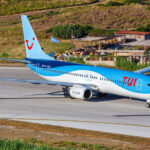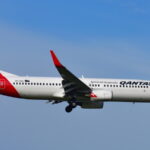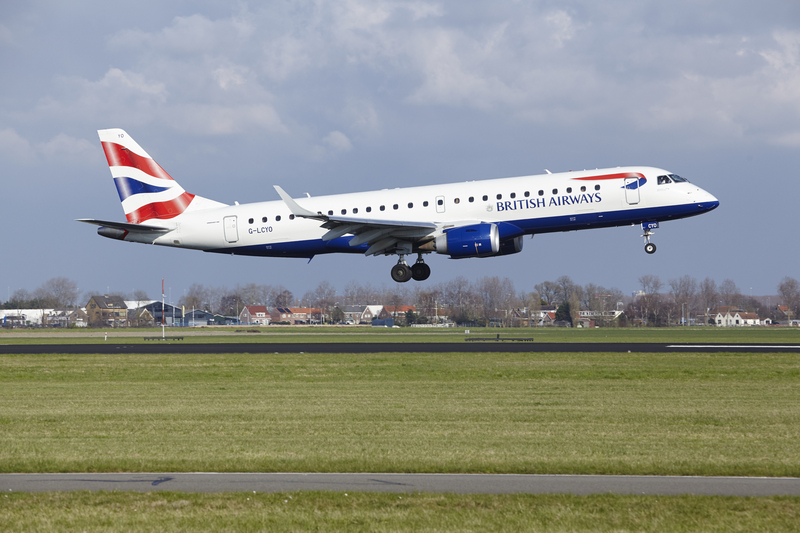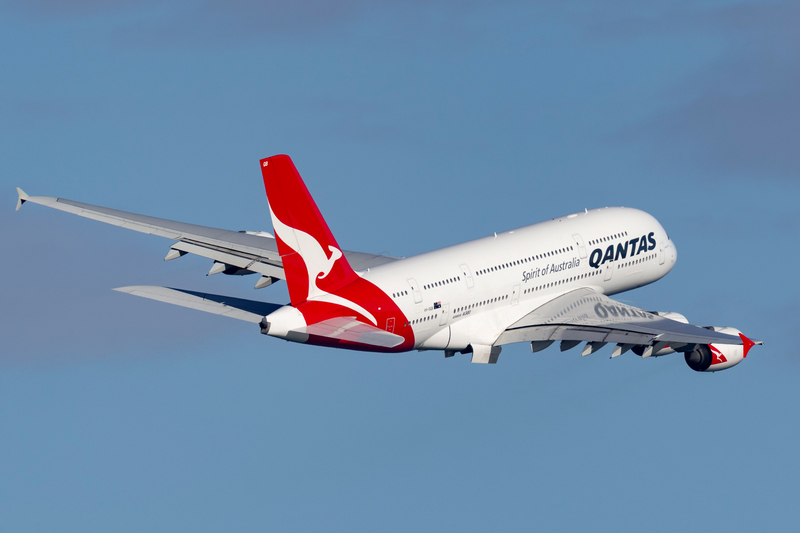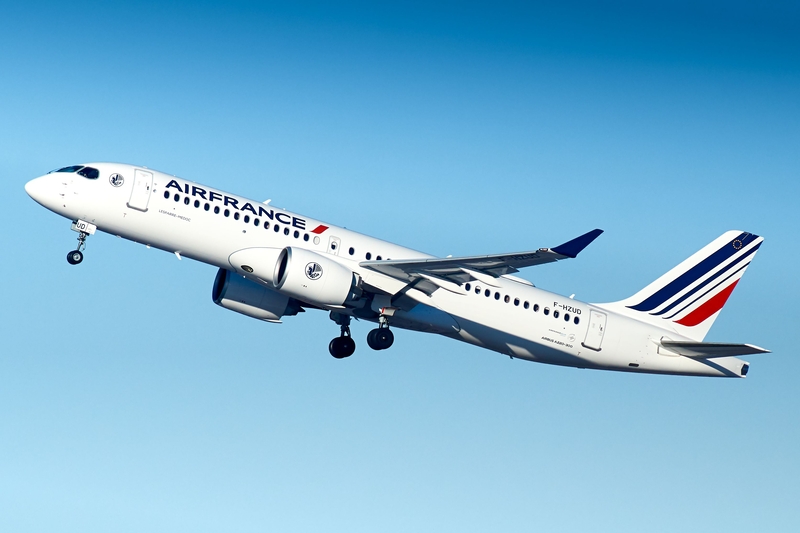Aerolíneas Argentinas Parks Eight 737-800s After Engine Events
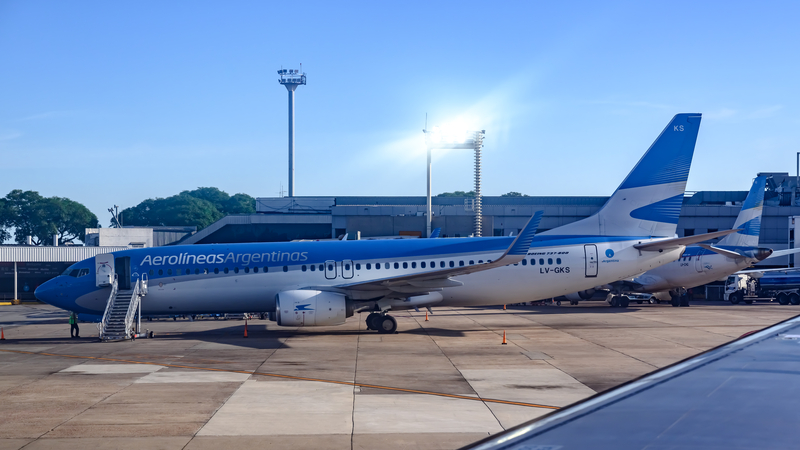
ID 234079958 | Aerolineas Argentina © Hel080808 | Dreamstime.com
Aerolíneas Argentinas (AR) has temporarily parked eight Boeing 737-800s following an in-flight engine event on flight AR1526 departing Buenos Aires Aeroparque Jorge Newbery (AEP) on October 15, 2025. Operating aircraft LV-FSK (msn 41562) returned to Buenos Aires after a CFM International CFM56-7B anomaly shortly after takeoff; the crew diverted and landed safely at Buenos Aires Ministro Pistarini (EZE). The scheduled sector was bound for Córdoba Ingeniero Aeronáutico Ambrosio L.V. Taravella International (COR).
What’s Parked, And Why It Matters
Aerolíneas has paused operations on the following eight 737-800 (CFM56-7B) airframes while maintenance concentrates on the engines:
-
LV-FQY (msn 39436)
-
LV-FQZ (msn 41563)
-
LV-FSK (msn 41562) – the incident aircraft
-
LV-FUA (msn 40548)
-
LV-FUB (msn 39893)
-
LV-FUC (msn 41347)
-
LV-FVM (msn 41329)
-
LV-FVO (msn 41356)
The airline says CFM recommends specific cycle-based inspections at ~17,200 flight cycles, but notes none of the affected engines is near that threshold. As a result, AR has requested additional technical guidance from the engine OEM and peer operators in the region using the same CFM56-7B equipment, and has limited the scope of the pause to the engines themselves (i.e., airframes and other systems are not implicated).
The Airplane: 737-800 + CFM56-7B, A Workhorse Under A Microscope
The Boeing 737-800 (738) is the backbone of Aerolíneas’ domestic and short-haul regional network. Typical AR configurations seat ~170–189 passengers, and the CFM56-7B family (common thrust ratings 24k–27k lbf) powers all 737 Next Generation (NG) variants. For reliability management on high-cycle domestic missions like AEP–COR, inspections are tied to cycles (takeoffs/landings) more than hours; that’s why AR’s communication centers on cycle thresholds and borescope/NDT actions rather than calendar time.
While CFM’s bulletins specify various fan blade and hot-section inspection intervals based on operating profile, operators may accelerate checks after anomalies to preserve safety margins and data integrity. AR’s move to stand down a subset of engines—and only that subset—follows this conservative, risk-based maintenance playbook.
Operational Impact: How AR Can Backfill
Aerolíneas operates 28 total 737-800s; parking eight temporarily sidelines ~29% of the -800 subfleet. However, AR retains flexibility with:
-
13 Boeing 737-8 (MAX 8) for higher-efficiency trunk routes.
-
5 Boeing 737-700 (73G) that can cover shorter domestic sectors from AEP and EZE.
-
24 Embraer 190 (E90) for thinner markets and bank-building frequencies.
Expect select retimes, upgauges/downgauges, and equipment swaps on busy domestic corridors such as AEP–COR (COR), AEP–MDZ (Mendoza, MDZ), AEP–BRC (Bariloche, BRC), and AEP–IGR (Puerto Iguazú, IGR) while inspections proceed. Cargo capacity on routes normally belly-served by the 738 can be partially cushioned by AR’s two 737-800 freighters (SF/BCF) operating from EZE, depending on schedule and network priorities.
Safety & Maintenance: What Happens Next
-
Focused engine inspections. AR’s maintenance team will prioritize CFM56-7B inspections on the eight aircraft. Expect borescope exams, chip detection analysis, and targeted LLP (life-limited part) checks aligned to the engine hours/cycles of each unit.
-
Data to OEM & authority. Findings are typically shared with CFM and the regulator to determine whether fleet-wide actions are warranted, or whether the issue is confined to a subset by build standard, environment, or usage profile.
-
Phased returns. If no systemic issue is identified, aircraft usually return to service individually as each engine clears inspection and any required rework.
Fleet Snapshot (AvGeek Corner)
-
Narrowbody passenger: 5× 737-700, 28× 737-800, 13× 737-8 (MAX 8)
-
Freighter: 2× 737-800 (SF/BCF)
-
Regional: 24× Embraer 190
On the 737-800, Aerolíneas commonly operates CFM56-7B26/27 thrust ratings suitable for Argentina’s high-cycle domestic ops, balancing payload and runway performance at AEP (AEP) and EZE (EZE). The CFM56-7B is among the most ubiquitous turbofans globally, which means parts availability, mod status tracking, and engineering support are robust—helpful when an operator temporarily concentrates resources on a defined subset of engines.
Network Context: AEP vs. EZE
-
AEP (Buenos Aires Aeroparque, AEP): Close-in domestic and regional hub; shorter runways, dense banks, and quick turns—classic high-cycle environment for 737NG operations.
-
EZE (Buenos Aires Ezeiza, EZE): Long-haul gateway with longer runways and broader maintenance infrastructure—an appropriate diversion point for AR1526 and a logical base for more invasive engine work if needed.
-
COR (Córdoba, COR): One of AR’s busiest domestic spokes; resilient to equipment swaps thanks to multiple daily frequencies and mixed-fleet scheduling.
Bottom Line
Aerolíneas Argentinas (AR) has proactively parked eight 737-800s to zero in on a CFM56-7B issue flagged after AR1526 departing AEP for COR. The diversion to EZE ended safely, and the airline’s response—engine-focused inspections, OEM consultation, and targeted aircraft selection—fits industry best practice for cycle-driven narrowbody maintenance. With MAX 8, 737-700, and E190 capacity to lean on—and 737-800 freighters to help on the cargo side—AR should be able to protect most of its schedule while it works the problem. Avgeeks will be watching closely for any service bulletin updates or pattern recognition across the CFM56-7B fleet—and for the measured return of the eight 738s to revenue service.
